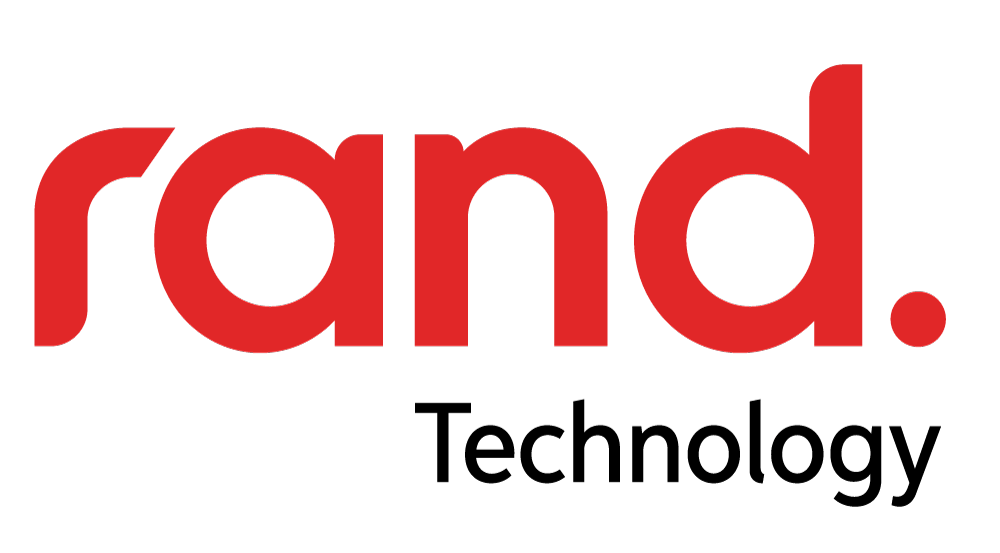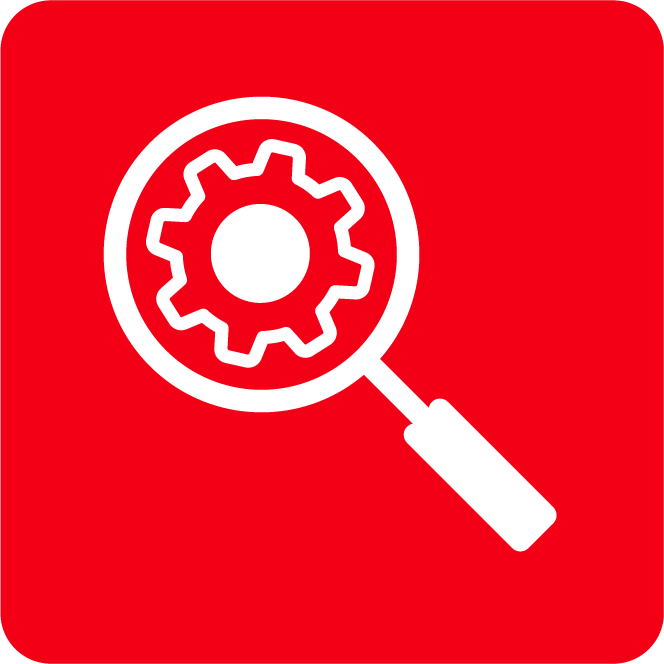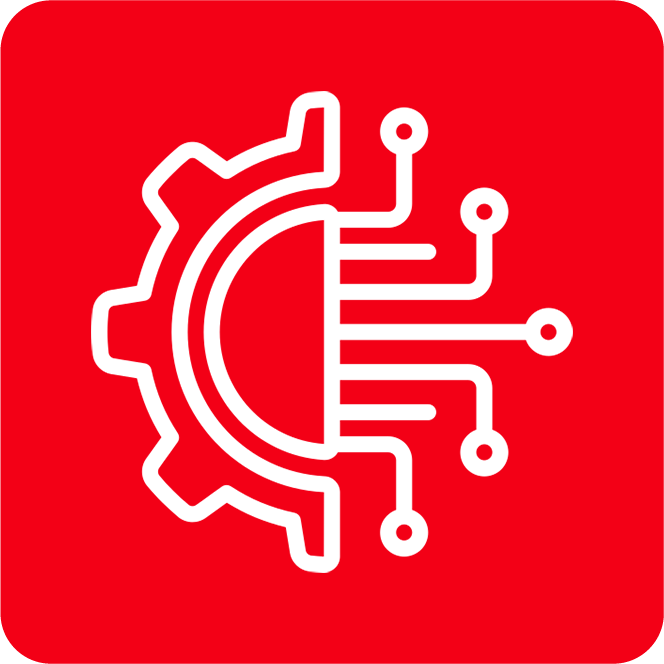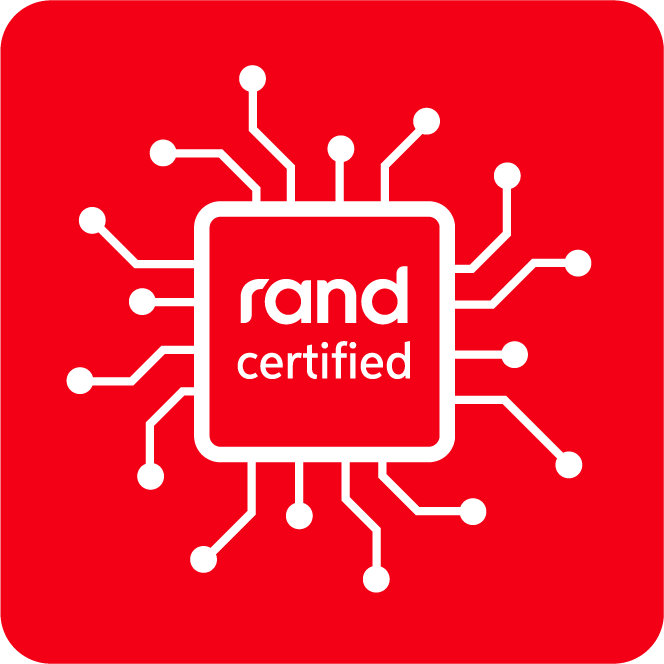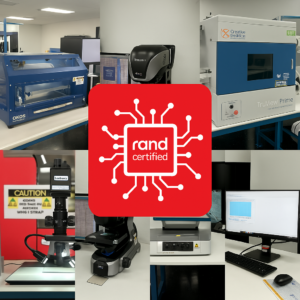The world of electronics is built on a foundation of tiny, intricate components. From the smartphones in our pockets to the complex machinery in factories, these parts work together to make our technology function. But what happens when the building blocks themselves are compromised? This is the growing concern with counterfeit electronic components.
This blog delves into the importance of testing and authenticating components, explores the potential consequences of using counterfeits, and explains the meaning behind certifications like those held by Rand Technology (ISO, AS, ESD).
The Threat of Counterfeit Components
Counterfeit electronic components are exactly what they sound like – unauthorized copies of legitimate parts. They often appear genuine but may lack the quality and functionality of the originals. This can lead to a range of problems, from malfunctioning devices to outright safety hazards.
Here’s why counterfeit components are a serious threat:
- Reduced Performance: Counterfeits may not meet the same specifications as their authentic counterparts. This can lead to reduced performance, shorter lifespans, and unexpected behavior in electronic devices.
- Safety Risks: In critical applications like medical equipment or aerospace components, failure due to counterfeit parts can have devastating consequences.
- Data Loss: Counterfeit memory chips or storage components could potentially corrupt or lose valuable data.
- Financial Losses: Businesses relying on counterfeit parts face potential product recalls, lost sales, and damage to their reputation.
Testing and Authentication: Building Trust
The electronics industry employs various methods to test and authenticate components, ensuring their authenticity and functionality. Here are some common approaches:
- Visual Inspection: Trained inspectors can identify inconsistencies in markings, logos, or packaging that might indicate a counterfeit.
- Electrical Testing: Components are subjected to electrical tests that verify their performance against the manufacturer’s specifications.
- Chemical Analysis: Advanced techniques analyze the materials used in the component to compare them with the original.
- Traceability: Authorized distributors can provide documentation that tracks the component’s origin from the manufacturer to the buyer.
These methods work best when combined, creating a multi-layered approach to ensure authenticity.
Understanding Certifications: Building Confidence
Certifications awarded by independent organizations provide an additional layer of trust in a supplier’s commitment to quality and authenticity. Let’s delve into some of the certifications you might encounter, using Rand Technology’s certifications (ISO 9001, ISO 14001, ANSI/ESD S20.20) as examples:
- ISO 9001: Quality Management Systems: This internationally recognized standard ensures a company has a robust quality management system in place. This system covers everything from purchasing and production to testing and customer service. Earning ISO 9001 certification demonstrates a company’s commitment to continuous improvement and consistent quality.
- ISO 14001: Environmental Management Systems: This standard focuses on an organization’s environmental impact. It ensures the company has processes in place to minimize waste, manage resources efficiently, and comply with environmental regulations. This focus on responsible practices can be an important factor for businesses looking for ethical suppliers.
- ANSI/ESD S20.20: Electrostatic Discharge (ESD) Control: This standard sets guidelines for protecting electronic components from electrostatic discharge, which can damage sensitive circuitry. Companies with this certification demonstrate their commitment to proper handling and storage procedures to prevent ESD damage during the supply chain.
Beyond these specific examples, various industry-specific certifications exist. For instance, the aerospace industry relies on certifications like AS9100 and AS6081, which focus on stringent quality and testing requirements for critical applications.
Rand Technology: A Commitment to Quality
As an example, Rand Technology showcases its commitment to quality through its certifications. They hold ISO 9001 for Quality Management Systems, ensuring consistent procedures and focus on continuous improvement. Their ISO 14001 certification demonstrates their commitment to responsible environmental practices. Additionally, their ANSI/ESD S20.20 certification signifies their dedication to protecting sensitive electronic components from ESD damage.
These certifications, combined with their testing and authentication processes, give customers confidence that Rand Technology is a reliable source for authentic electronic components.
The Cost of Cutting Corners
While counterfeit components might seem like a cheaper alternative, the cost of using them can far outweigh any initial savings. The potential consequences include:
- Device Failure: Counterfeit parts may not perform as expected, leading to device failure and the need for repairs or replacements.
- Warranty Issues: Using unauthorized components can void warranties, leaving businesses responsible for the cost of repairs.
- Safety Hazards: Malfunctioning components due to counterfeits can pose serious safety risks, especially in critical applications.
- Reputational Damage: Businesses caught using counterfeits face a potential loss of customer trust and damage to their reputation.
